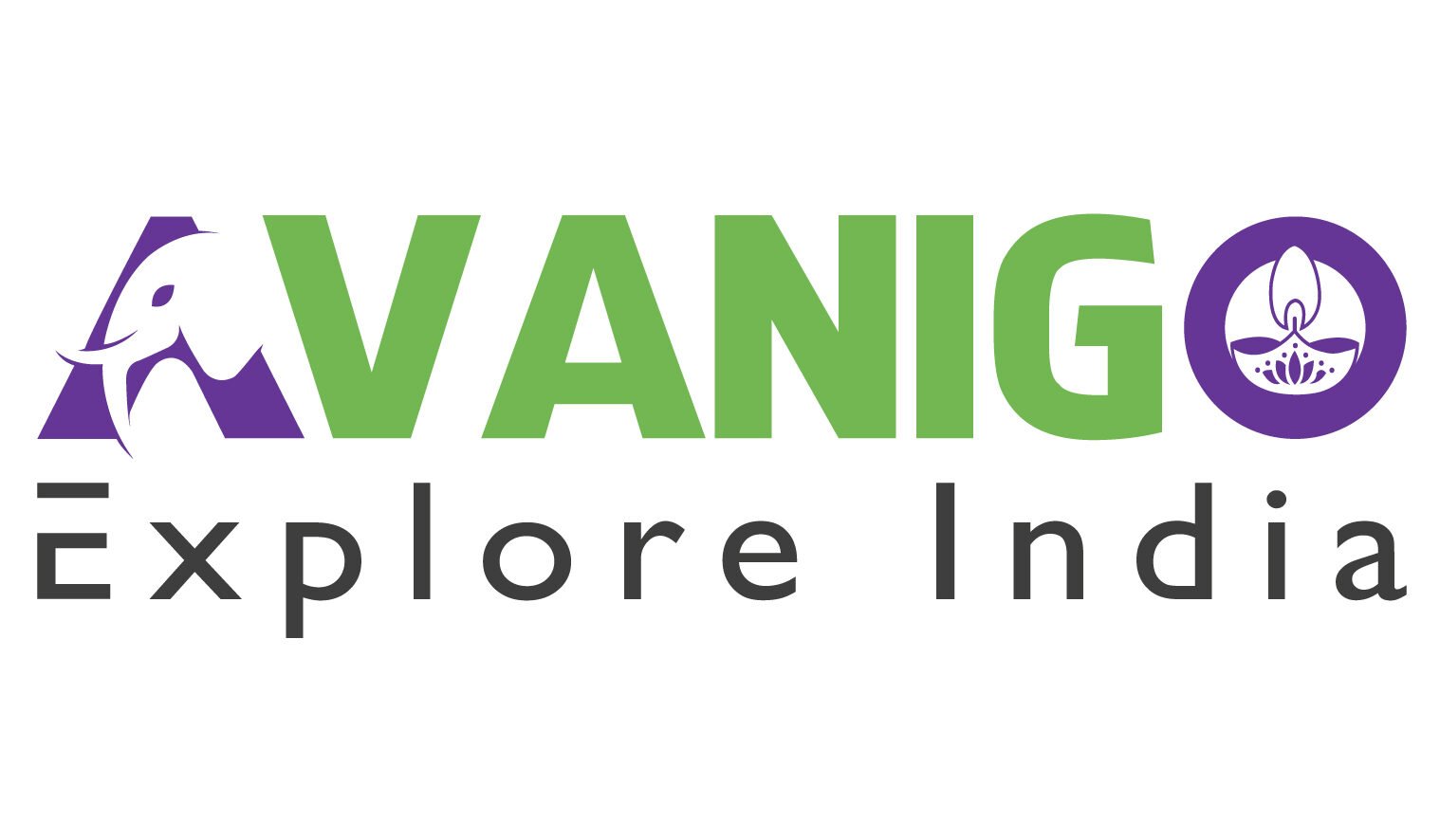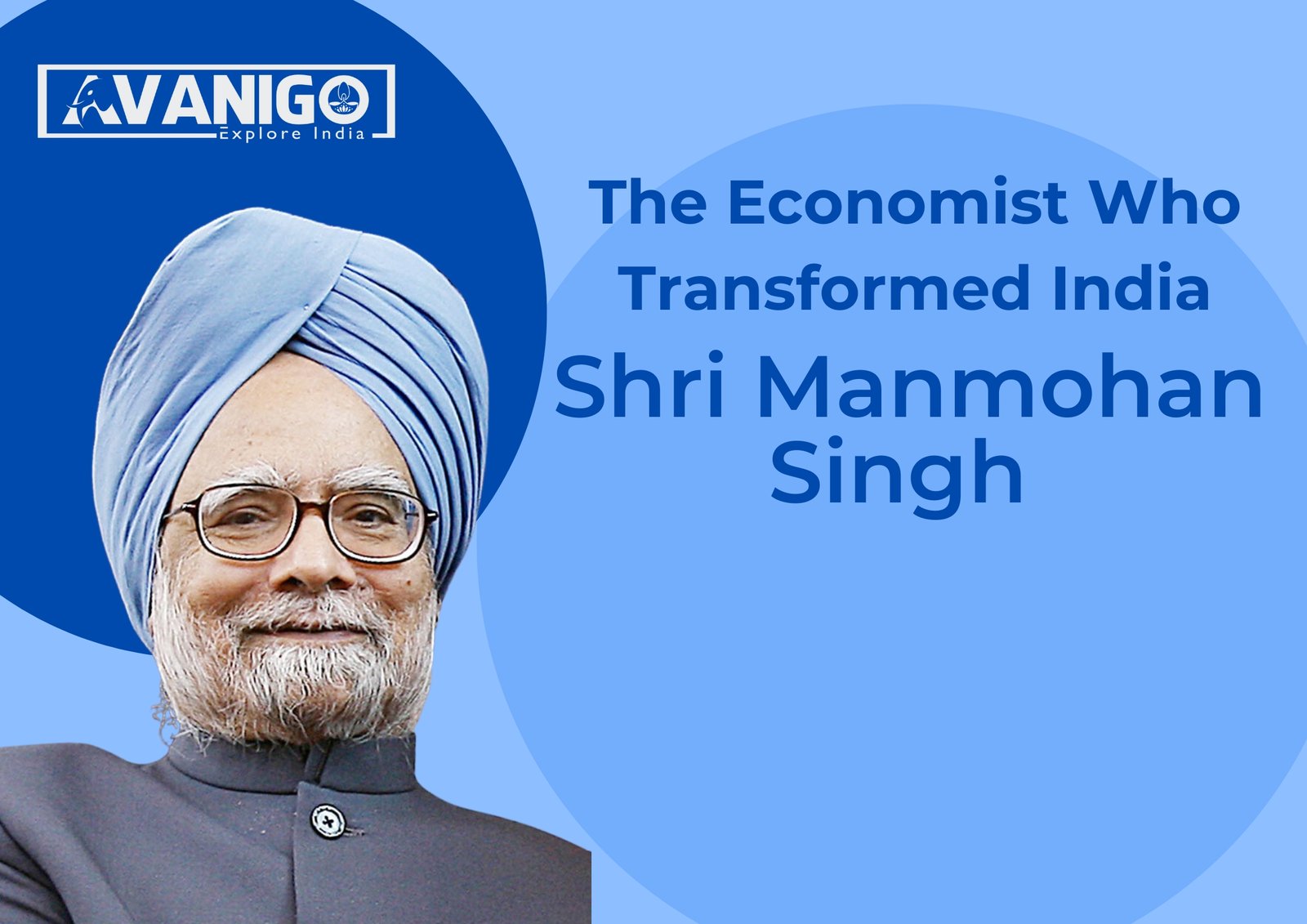We all know and have heard about our former Indian prime minister Manmohan Singh. He was in tenure from 2004 to 2014. He was more than a mere politician. An economist who brought fruitful changes to the country’s economy. The story of Manmohan Singh is all about hard work, devotion, and a strong commitment to serving the nation. Let’s learn about his life and significant contribution to India.
Quick Navigation
Early Life and Education
Dr. Manmohan Singh was a part of Sikh family born on 26th September 1932 in Punjab in village named Gah, (now part of Pakistan). Gurmukh Singh Kohli, his father, was involved in business dealing with dry fruits. Amrit Kaur, his mother died in few months and thereafter, he was brought up by grandmother Jamna Devi.
As a small boy, Manmohan visited the local Gurdwara and started learning Urdu and Punjabi. When he turned 10, he shifted to Peshawar with his family and was admitted to Khalsa High School. Afterwards, in 1947, when Partition took place, Manmohan’s family migrated to Haldwani in India and later settled down in Amritsar. Manmohan Singh graduated with a bachelor’s and master’s degree in economics from Panjab University in Hoshiarpur, Punjab, where he stood first in his class. He earned another bachelor’s degree while studying at the University of Cambridge in the United Kingdom.
He later obtained a doctorate in economics from the University of Oxford for his dissertation titled “India’s Export Trends and Prospects for Self-Sustained Growth.”
Early Career as an Economist
From 1957 to 1959, he was a Professor of Economics at Panjab University, where he gained a reputation for being an exceptionally able teacher and inspirer of students. In 1966 Dr Manmohan Singh joined the United Nations Conference on Trade and Development (UNCTAD) as a consultant. It broadened his horizons on global economic issues and gave him a better understanding of international trade and development.
In the ’70s and ’80s, this Indian- born economist was assigned to several ministerial bureaus of the government:
- Chief Economic Advisor in the Ministry of Finance (1972-1976)
- Secretary in the Finance Ministry (1976-1980)
- Governor of the Reserve Bank of India (1982-1985)
- Deputy Chairman of the Planning Commission (1985-1987)
The 1991 Economic Reforms
In 1991, India found itself in the most severe economic crisis. Economist Manmohan Singh took office as Finance Minister under the leadership of P.V. Narasimha Rao, whose prime ministerial instincts brought him to that decision. He realized this was serious and quickly started to throttle out radical economic changes. Many of his economic reforms as noted as important milestones after India’s Independence.
For example, he devalued the Indian rupee, which led to higher openness in trade and competitiveness of Indian goods in the international market. Thereafter, he slashed import tariffs, abolished industrial licensing and opened the economy to direct foreign investment.
These measures, which subsequently came to be termed Liberalization, Privatization, and Globalization (LPG) policy, marked a turning from the past socialist orientation in the country’s economic policies.
The Indian economy started growing rapidly, with GDP growth almost touching the 8% mark. It controlled inflation, and the country saw a healthy rise in foreign exchange reserves. The reforms initiated by economist Manmohan Singh took India from the brink of economic collapse to the threshold of positive growth and development.
Prime Minister of India (2004-2014)
Manmohan Singh became an active member of the Indian government in several roles. In 1991, he was elected to the Rajya Sabha and served as the Leader of the Opposition in the Rajya Sabha from 1998 to 2004.
In 2004, the Indian National Congress party led by Sonia Gandhi won the general elections. She nominated Manmohan Singh Indian Prime Minister, citing her foreign origin. Consequently, he was sworn in as the PM on May 22, 2004.
He faced several problems as Prime Minister, both within and outside the country. The primary task that was before him on the home front was the treatment of the poor. Through policy, ensuring that the benefits that would flow from growth would reach a wider audience. He introduced welfare schemes like the National Rural Employment Guarantee Act and the Right to Information Act, which aimed at empowering the poor by creating a bigger role for them in the governance processes.
Manmohan Singh prime minister sought to strengthen India’s ties with developed nations, especially the U.S. In 2008, he signed a civil nuclear agreement with the U.S. that opened civil nuclear technology and fuel for India from the global market. The agreement was an ace turn in adding to the respect for India’s standing in the international community. Additionally, it proved to be an excellent channel for cooperation.
Samvidhan Diwas: India Constitution Day
Retirement and Legacy
Indian Prime Minister Manmohan Singh completed his two tenures. However, he did not stand for the 2014 general elections. In April 2024, at 92, he retired from active politics but stayed engaged during in academia and the economic and social issues discourse.
Manmohan Singh Prime Minister has received numerous awards and honours for his invaluable contributions, including India’s second-highest civilian honour, the Padma Vibhushan, and the World Statesman Award. He was one of the world’s most respected leaders: former U.S. President Obama described him as “a man of uncommon decency and grace.”
Indeed, his story of resilience and commitment to serving his country, despite all the ups and downs is worth mentioning. Manmohan Singh finance minister overcame the struggling life of his early years and become one of the most influential leaders in India’s history, leaving an indelible footprint on the economic and political landscape of the country.
FAQs
Is Manmohan Singh Expired?
Yes, Manmohan Singh died on December 26, 2024, at the age of 92 years, in New Delhi, India.
How did Manmohan Singh Save India in 1991?
Manmohan Singh finance minister introduced financial reforms during his tenure included the devaluation of the Indian currency, reduction of import tariffs, and opening of the economy to foreign investors. These reforms, termed “liberalization, privatization, and globalization (LPG), were instrumental in bringing the Indian economy back on track and accelerating the pace of growth.
How is Manmohan Singh’s Health?
Manmohan Singh had a history of health issues, being a multiple cardiac bypass patient. For the last few years, he was hospitalized a couple of times: one due to drug-related complications and the other for testing positive for COVID-19. Nevertheless, he remained active and engaged in public life until he died in 2024 at 92.
How did Manmohan Singh Save the Indian economy?
He devalued the rupee and reduced import tariffs, and Manmohan Singh, Finance Minister in 1991, privatized state-run industries and encouraged foreign investment.
How Many Press Conferences did Manmohan Singh hold as PM?
Manmohan Singh was known for his bold leadership. Estimates suggest he had approximately 117 press conferences in his decade as Prime Minister.
Swetha is a Content Specialist, LinkedIn Branding and B2B Marketing Consultant. When she is not in the world of B2B, she researches the roots and beauty of Indian Culture and Traditions. She is the author of the book: 365 Days 365 Posts – The Guide to LinkedIn Personal Branding, available exclusively on Amazon. Connect with her on LinkedIn.

